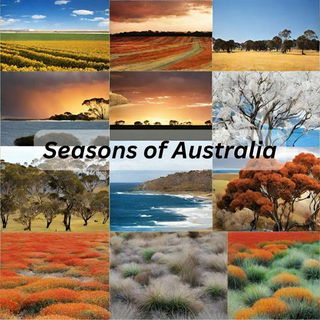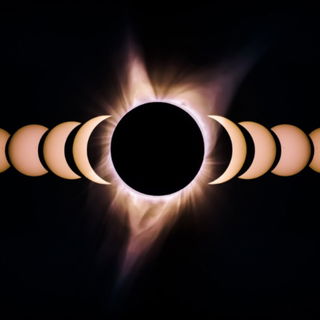The New Moon is the first phase of the moon and marks the start of a new lunar cycle as it happens when the sun and earth are aligned in a straight line with the moon in the middle.
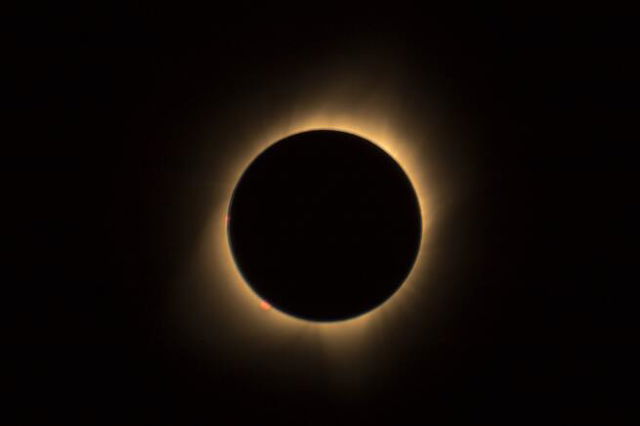
During this time, the moon stays near the Sun, rises, and sets with it. The moon travels with the Sun during the day.
Due to the proximity of the sun, the part of the moon facing toward the Earth is shadowed. Hence, it is invisible to the naked eye.
However, it can be viewed with special telescopes.
The lunar cycle (the moon orbiting the Earth) lasts for about a month, or 29.5 days causing the New Moon once a month.
During the new moon, the satellite is lit up from behind toward the Earth and is completely invisible.
After a couple of days, a slim crescent moon can be seen. The waxing Moon phase starts after a week when the moon is 50% illuminated.
New Moon Dates for 2025
In 2025, the new moon will fall on the following dates:
| Eastern Time | Greenwich Mean Time | India Standard Time |
| January 29, 7:36 AM | January 29, 12:36 PM | January 29, 6:06 PM |
| February 27, 7:45 PM | February 28, 12:45 AM | February 28, 6:15 AM |
| March 29, 6:58 AM | March 29, 11:58 AM | March 29, 4:28 PM |
| April 27, 3:31 PM | April 27, 8:31 PM | April 28, 1:01 AM |
| May 26, 11:02 PM | May 27, 4:02 AM | May 27, 8:32 AM |
| June 25, 6:31 AM | June 25, 11:31 AM | June 25, 4:01 PM |
| July 24, 3:11 PM | July 24, 8:11 PM | July 25, 12:41 AM |
| August 23, 2:06 AM | August 23, 7:06 AM | August 23, 11:36 AM |
| September 21, 3:54 PM | September 21, 8:54 PM | September 22, 1:24 AM |
| October 21, 8:25 AM | October 21, 1:25 PM | October 21, 5:55 PM |
| November 20, 1:47 AM | November 20, 6:47 AM | November 20, 12:17 PM |
| December 19, 8:43 PM | December 20, 1:43 AM | December 20, 6:13 AM |
The Phases of the Moon
The phases of the Moon are determined by how much of the illuminated side of the moon is visible from the Earth.
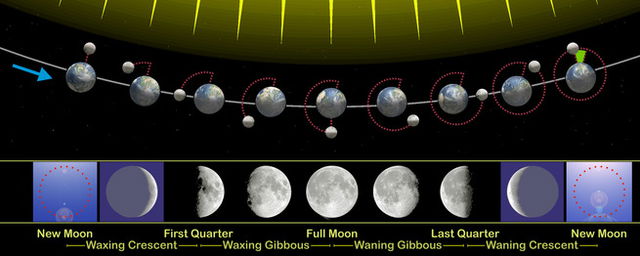 There are four phases of the Moon:
There are four phases of the Moon:
- the new moon,
- the first quarter,
- the full moon,
- the last quarter.
Between each phase, there are intermediate phases, in which the Moon appears either crescent or gibbous and these phases last for around 7.38 days.
The crescent and gibbous phases can be waxing or waning.
When the moon is waxing it means it is getting more illuminated while waning means less illuminated.
The duration between the new moon to the full moon, or vice versa, can go from 13 days to 15 days.
The New Moon and Solar Eclipses
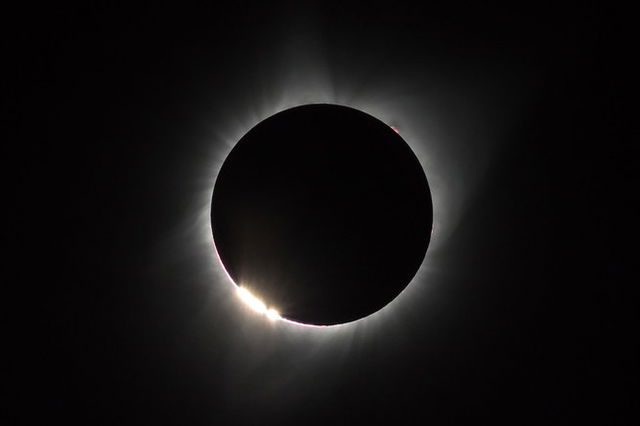
Solar eclipses happen around two to three times a year only during a new moon.
For a solar eclipse to happen, the Sun, Moon, and Earth have to be perfectly aligned meaning that the Moon is closest to the ecliptic plane.
During a solar eclipse, the Moon blocks the sunlight, causing the Earth to be completely shadowed during the day.
Click here to find out more about solar eclipses.
Facts About the New Moon
- The new moon phase is the best one to observe other celestial objects such as planets, stars, galaxies, and meteor showers.
- The nights are darker during the new moon.
- The New Moon causes high tides.
- Some farmers and gardeners base the planting of their crops around the moon phases, starting to plant the soil during the New Moon.
- Some people believe that the period during the new moon, when the Moon is waxing, is the best period to cut hair, for lusciousness and shine.
- In some cultures, the new moon symbolizes rebirth. This is why many civilizations based their ceremonies and rituals around the appearance of the new moon.
- On July 20, 1969, the United States sent the first man to the moon.
- The new moon is significant in many cultures, as it marks the beginning of each month in their calendars.
- The Hebrew, Chinese, and Hindu calendars are Lunisolar calendars, which means that the dates indicate the Moon phases and the time of the solar year.
- The Islamic calendar is a Lunar calendar, as it is based on the monthly cycles of the Moon's phases.
See More:
Learn about the different Moon Phases.
